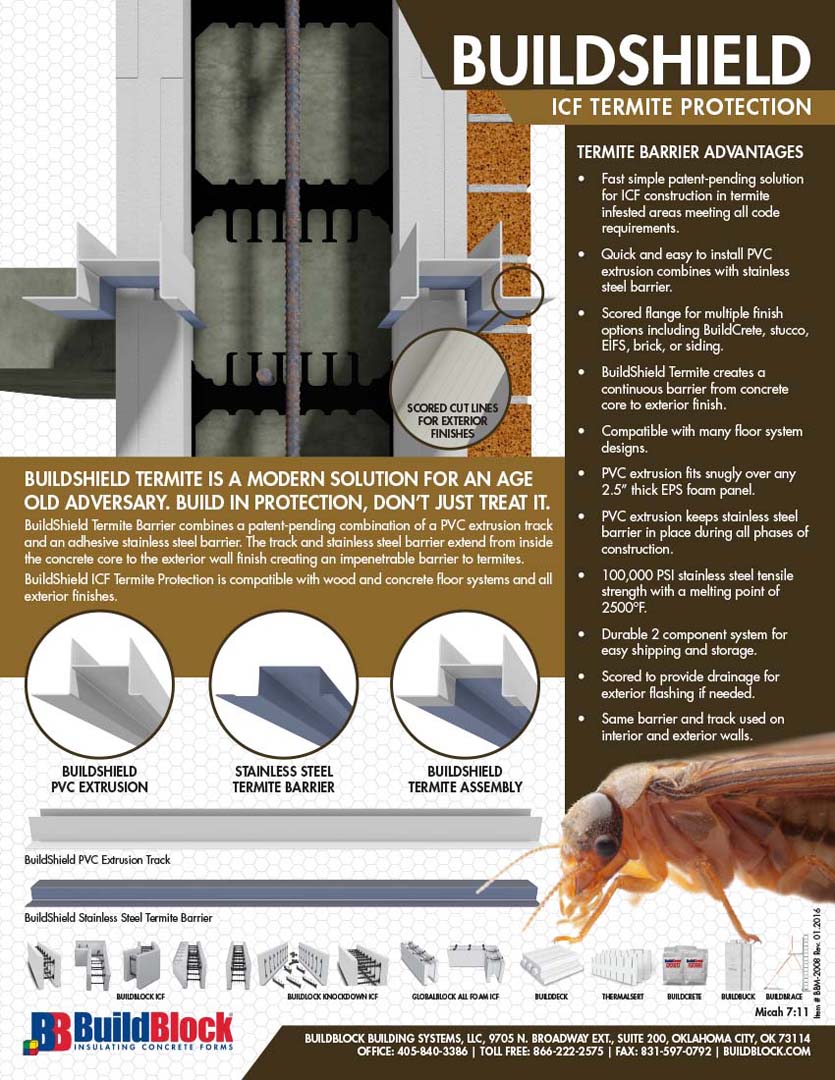The spray foam coalition writes that their foam does not attract or provide a food source for termites it recommends more intense inspection techniques like moisture meters infrared cameras.
Do termites eat spray foam insulation.
Foam board will also insulate so that there is a constant temperature in the foam board a condition most favored by termites.
The subterranean termites native to our region find spray foam insulation particularly inviting.
Spray foam insulations are a popular construction material but as home renovation season ramps up some exterminators are warning that the puffy stuff lining your walls could be a speedway for.
Termites consume the wood components of homes so their damage lies below the surface of spray foam not within it.
Spray foam insulation can increase the energy efficiency of a home.
Spray foam may be the best thing ever for.
It is offered to addresses common issues.
Wooden beams covered in spray foam are inaccessible to inspection which can invalidate a termite warranty.
Cellulose termite s main appeal is not an ingredient present in spray foam of any kind.
Treat the framing of your home with a termite pretreatment and these issues are less likely to creep up.
Researchers have concluded that termites do not eat the foam board insulation but they will tunnel through it.
What this allowed was steady access into the sill plate.
Furthermore termites can also tunnel through insulation and easily gain access to other structural wood of the home.
When termites make a home in the wood of a building they create pathways inside the wood they are eating.
Spray foam is neither a food source nor attractant for termites.
Spray foam insulation and subterranean termites in basements and crawlspaces this document is developed as a resource for professional contractors in the spray polyurethane foam insulation and professional pest management fields primarily and for other audiences secondarily.
While termites are unlikely to move through the insulation preferring to bore through wood which is their lunch unlike ants who don t need to eat wood using primarily as a fortified nest it will mitigate direct against ants and wood boring bees wasps and indirectly against termites by lowering the moisture content of the wood.
Wall insulation damage from termites.
Insulation also provides potential protection from predators and also retains moisture two requirements of termites.
However it can cover structural timbers and cover areas that are needed for an efficient termite inspection and treatment.
The concern with permanent insulation spray foam is that it will be more difficult for a pest control company to do visual inspections for termites regularly.





























